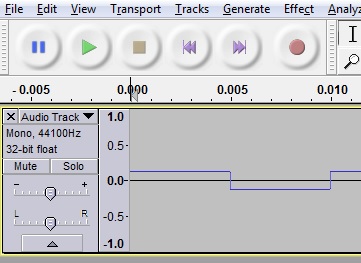Hi all,
I have a DS201 (circa 1992) I am going to recap, some of the caps are bulging.
Researching online, found this thread on calibration:
https://www.gearslutz.com/board/geekslutz-forum/742361-drawmer-ds-201-basic-calibration.html
Assuming I need to do the above calibration after changing out the caps, I don't have a means to generate a square wave signal. As per the cal instructions:
"To test the Key Inputs, use a fixed-level, unbalanced, square wave signal of +4dBu (1.23V RMS) at 100Hz with 1ms pulse duration."
Uncertain of what can be produced on my PC, can anyone provide a wave of such for, say, a couple of minutes?
Cheers,
Chris
I have a DS201 (circa 1992) I am going to recap, some of the caps are bulging.
Researching online, found this thread on calibration:
https://www.gearslutz.com/board/geekslutz-forum/742361-drawmer-ds-201-basic-calibration.html
Assuming I need to do the above calibration after changing out the caps, I don't have a means to generate a square wave signal. As per the cal instructions:
"To test the Key Inputs, use a fixed-level, unbalanced, square wave signal of +4dBu (1.23V RMS) at 100Hz with 1ms pulse duration."
Uncertain of what can be produced on my PC, can anyone provide a wave of such for, say, a couple of minutes?
Cheers,
Chris
























